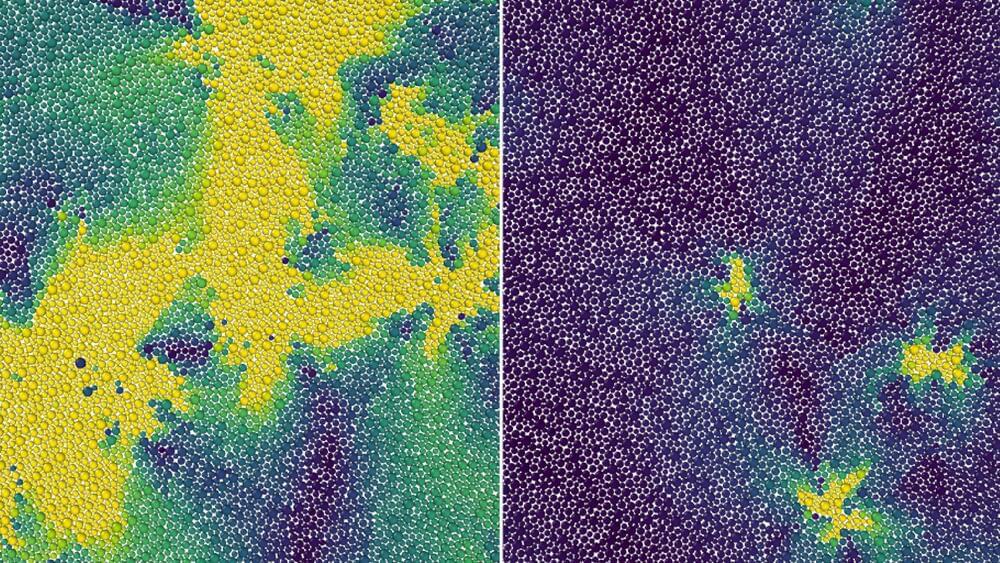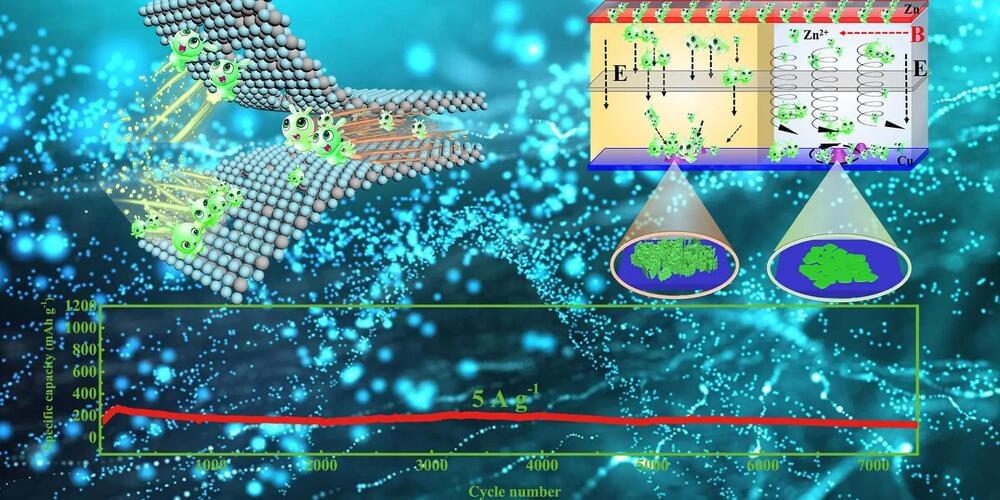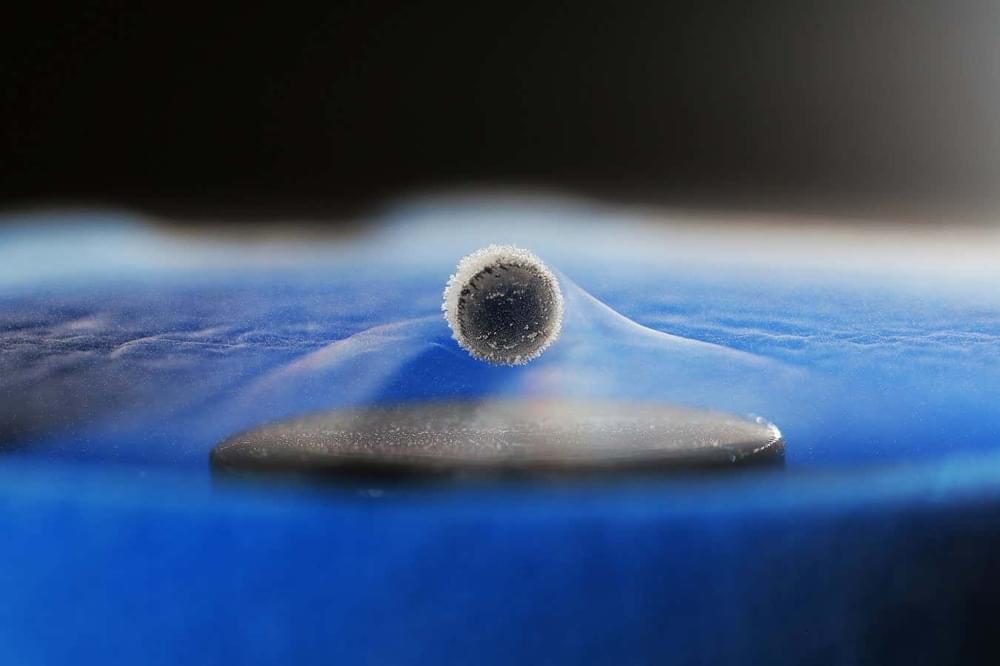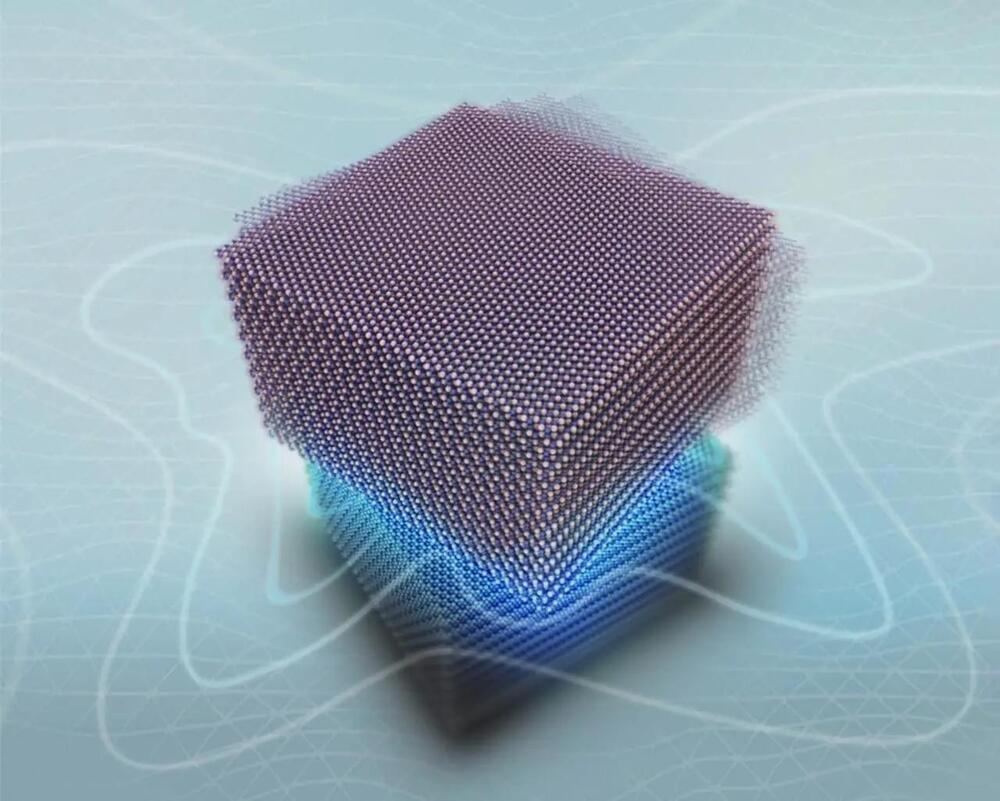Archive for the ‘materials’ category: Page 41
Aug 17, 2023
Scientists explain the behavior of supercooled liquids
Posted by Gemechu Taye in category: materials
Kranthi Mandadapu.
This is according to a press release by the institution published on Tuesday.
Aug 17, 2023
Faster spin waves could make novel computing systems possible
Posted by Saúl Morales Rodriguéz in categories: computing, materials
Research is underway around the world to find alternatives to our current electronic computing technology, as great, electron-based systems have limitations. A new way of transmitting information is emerging from the field of magnonics. Instead of electron exchange, the waves generated in magnetic media could be used for transmission, but magnonics-based computing has been (too) slow to date.
Scientists at the University of Vienna have now discovered a significant new method. When the intensity is increased, the spin waves become shorter and faster—another step towards magnon computing. The results are published in the journal Science Advances.
Magnonics is a relatively new field of research in magnetism in which spin waves play a central role. A local disturbance in the magnetic order of a magnet can propagate as waves through a material. These waves are called spin waves, and the associated quasiparticles are called magnons. They carry information in the form of angular momentum pulses. Because of this property, they can be used as low-power data carriers in smaller and more energy-efficient computers of the future.
Aug 16, 2023
Chinese Scientists Develop a High-Performance Ultralong-Life Aqueous Zinc-Ion Battery
Posted by Paul Battista in categories: innovation, materials
A research team has developed an advanced aqueous zinc-ion battery with an enhanced cycle lifespan using a weak magnetic field and a new VS2 material. The breakthrough addresses the challenges of zinc dendrite growth and cathode material limitations. Credit: Mao Yunjie.
A research team at the Hefei Institutes of Physical Science (HFIPS) of Chinese Academy of Sciences (CAS), led by Prof. Zhao Bangchuan, developed a high-performance aqueous zinc-ion battery with ultralong cycle lifespan in a weak magnetic field.
The findings were recently published in the journal Materials Horizons.
Aug 15, 2023
Hand-held tube containing aluminum foil balls produces enough electricity to power LED array when shaken
Posted by Saúl Morales Rodriguéz in categories: biotech/medical, materials
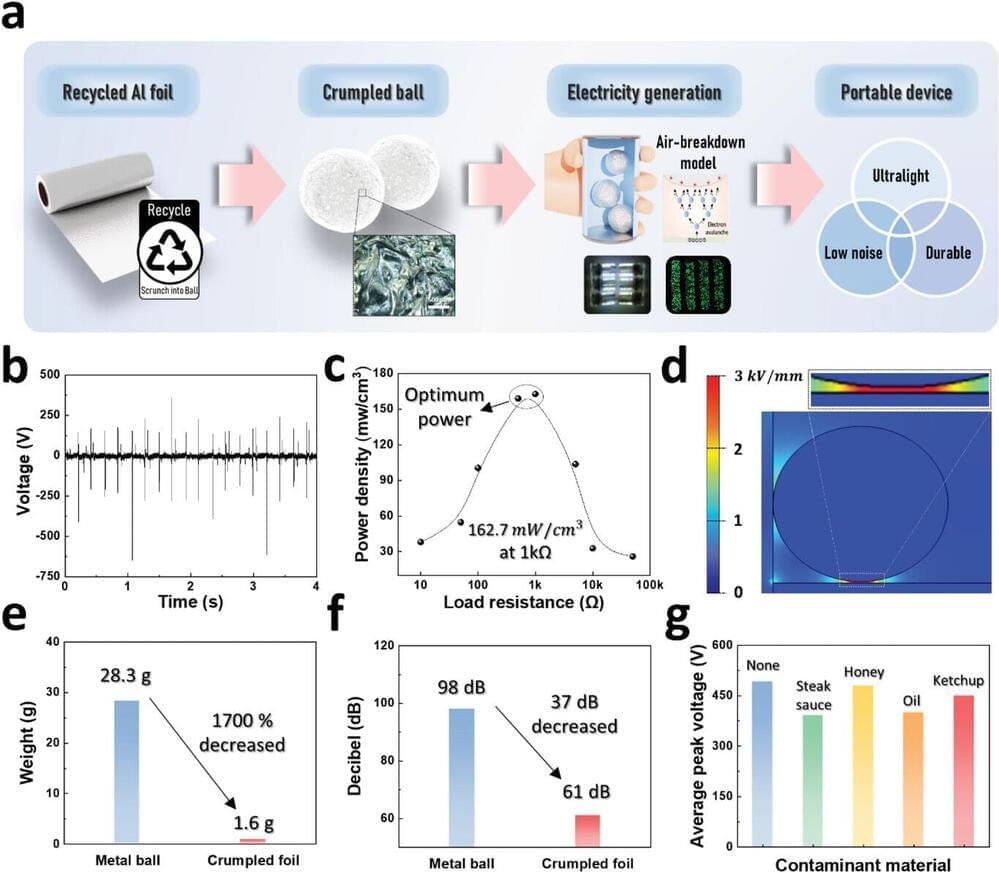
A team of mechanical engineers from Chung-Ang University, Massachusetts General Hospital, LS Materials and Yonsei University has found that a hand-held cylinder containing crumpled aluminum foil balls is capable of producing enough electricity when shaken to light a small LED grid. In their paper published in the journal Advanced Science, the group describes other materials used in the cylinder and possible uses for such a device.
Prior research has shown that a wide variety of materials can be used to generate static electricity, and that some constructions can capture that electricity. Researchers have suggested such devices could be useful as the power needs of personal electronics decrease. In this new effort, the researchers have looked to aluminum foil as a material for generating static electricity and capturing it to power an external device.
Aug 15, 2023
Scientists develop efficient spray technique for bioactive materials
Posted by Saúl Morales Rodriguéz in categories: biotech/medical, materials
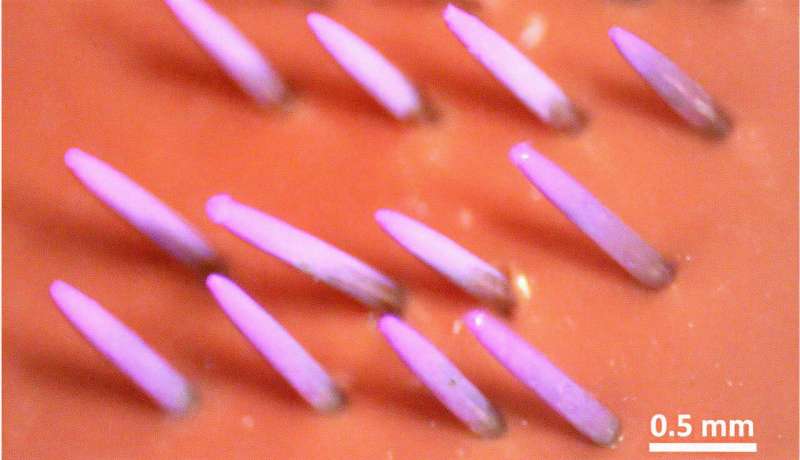
Rutgers University scientists have devised a highly accurate method for creating coatings of biologically active materials for a variety of medical products. Such a technique could pave the way for a new era of transdermal medication, including shot-free vaccinations, the researchers said.
Writing in Nature Communications, the researchers described a new approach to electrospray deposition, an industrial spray-coating process. Essentially, the team developed a way to better control the target region within a spray zone as well as the electrical properties of microscopic particles that are being deposited. The greater command of those two properties means that more of the spray is likely to hit its microscopic target.
Continue reading “Scientists develop efficient spray technique for bioactive materials” »
Aug 15, 2023
Scientists discover novel way of reading data in antiferromagnets, unlocking their use as computer memory
Posted by Dan Breeden in categories: computing, materials
Scientists led by Nanyang Technological University, Singapore (NTU Singapore) investigators have made a significant advance in developing alternative materials for the high-speed memory chips that let computers access information quickly and that bypass the limitations of existing materials.
They have discovered a way that allows them to make sense of previously hard-to-read data stored in these alternative materials, known as antiferromagnets.
Researchers consider antiferromagnets to be attractive materials for making computer memory chips because they are potentially more energy efficient than traditional ones made of silicon. Memory chips made of antiferromagnets are not subject to the size and speed constraints nor corruption issues that are inherent to chips made with certain magnetic materials.
Aug 12, 2023
MIT researchers turned concrete into an energy-storing supercapacitor with one cheap additive
Posted by Dan Breeden in categories: energy, materials
What if you could turn concrete into a viable and effective energy storage option? While that might seem a bit out-of-this-world, that’s exactly what MIT researchers have managed to do, according to reports from New Atlas. A paper on the new concrete supercapacitor is also available in the Proceedings of the National Academy of Sciences (PNAS).
According to this research, MIT researchers were able to take an idea from 2021 – which said that you could store useful amounts of energy in concrete – and scale it up effectively by simply adding a single additive to the concrete mix. The mixture thus became a combination of concrete, water, and carbon black.
When combined, the three components allowed the researchers to create an energy-storing concrete supercapacitor that was easy to scale up, with it only requiring a change from “1-millimeter-thick electrodes to 1-meter-thick electrodes” to go from powering simple things like LED lights to full-blown buildings and homes.
Aug 12, 2023
‘Demon’ particle found in superconductor could explain how they work
Posted by Shubham Ghosh Roy in categories: materials, particle physics
A particle called Pines’s demon has been seen inside a superconductor, decades after it was first predicted.
By Alex Wilkins
Aug 11, 2023
Ancient Graphite Reveals a Quantum Surprise: Scientists Discover Hofstadter’s Butterfly
Posted by Paul Battista in categories: materials, quantum physics
Scientists at The University of Manchester’s National Graphene Institute have discovered new physics in graphite through the application of twistronics, revealing a 2.5-dimensional mixing of surface and bulk states. The research opens new possibilities in controlling electronic properties in both 2D and 3D materials.
Researchers in the National Graphene Institute (NGI) at The University of Manchester have revisited graphite, one of the most ancient materials on Earth, and discovered new physics that has eluded the field for decades.
The Complexity of Graphite.

